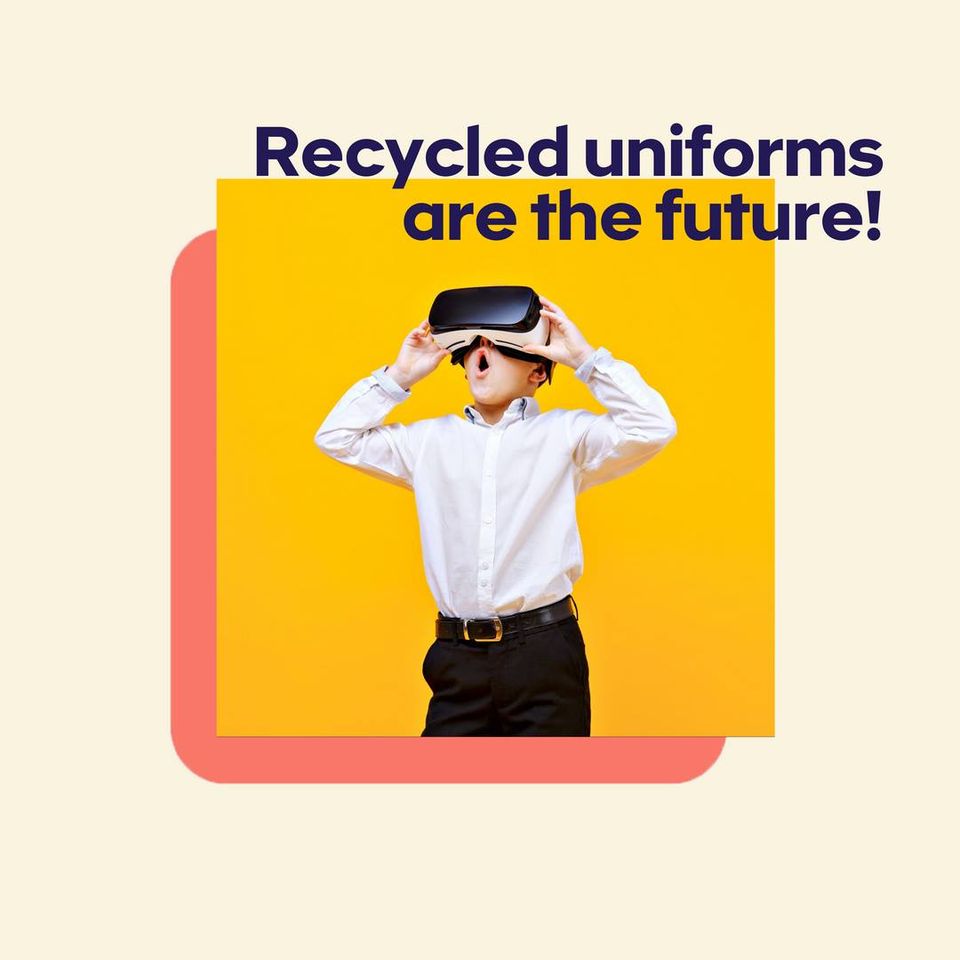Education has been forced into huge change during 2020, with COVID-19 pandemic resulting in school closures around the world, and more than 1.2 billion children out of the classroom globally, according to the World Economic Forum. So changes that were perhaps already underway at a relatively slow pace were put into place immediately out of necessity, with e-learning replacing physical classrooms, and digital platforms taking over from whiteboards and textbooks.
Thanks to technology, children of all ages have managed to continue some form of schooling despite being at home, though the consensus is that there will always be a need for great quality schools – the true value of face-to-face teaching cannot be exactly replicated virtually and children learn so much through the social experience of being at school and playing together, from creative problem-solving to cooperation and logical thinking.
While schools are undoubtedly here to stay, 2020 has demonstrated that education providers will have to adapt to the landscape of the future, whether that’s in the way children are taught or the way the education sector impacts the environment. So what will the schools of the future look like?
Tapping into technology
The use of technology has sky-rocketed during the COVID-19 pandemic, making it easier to learn remotely and bringing benefits in retention, but a switch to interactive learning brings environmental benefits too, such as huge reductions in paper usage. Technology is included among eight critical characteristics named within the World Economic Forum’s Schools of the Future report as being necessary to define high-quality learning in the ‘Fourth Industrial Revolution’, dubbed ‘Education 4.0’.
Technology has undoubtedly changed the way children learn at schools, says Kapes co-founder Seb Francis, but that doesn’t mean it will make physical schools and teachers redundant. “There has been a huge shift with the introduction of online platforms and shared content within schools,” says Francis, who is also founder of e-learning provider Titus. Technology is facilitating what is known as ‘blended learning’ as well as so-called ‘flipped classrooms’. “Flipped classrooms allow students to learn and access content away from school and then use schools to facilitate discussion and evaluate learning,” says Francis. “It extends the classroom so kids can go away and do their homework, allowing more self-paced learning.” That kind of use of technology will continue, he predicts, helping to facilitate more collaborative work areas that allow more freedom and creativity.
Read more…
Recycled uniforms and blended learning – welcome to the schools of the future
